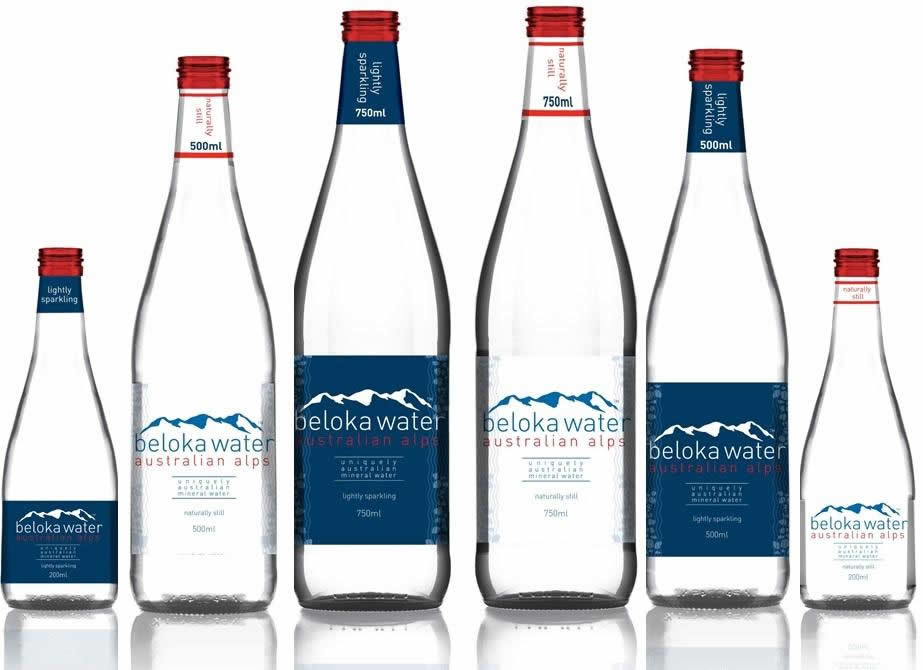
Nothing could be simpler than water— or so we thought. For many consumers, bottled water is merely a convenience made for the modern society. We all know that water is essential for our survival but it is good to understand that “Bottled waters are not created equal”. That is why the production of bottled water, especially in Australia is regulated to ensure consumer safety and wellness. Also, the water we drink directly impacts our health, thus, it is important that it is not just clean; it needs to be of superior quality as well.
As consumers, it is imperative to know the difference between the kinds of bottled water available. It definitely is a good way to ensure having an informed decision when it comes to one’s drinking water choice.
Naturally Sourced Water is drawn from specific, natural, and protected underground aquifers or sources. It must be safe to drink without further treatment and bottled at the source. Moreover, naturally sourced water can be further classified into 2 categories namely, natural mineral water and spring water.
Natural Mineral Water comes from an identified and protected source, free from contamination with a “characteristic stable mineral composition”. The naturally occurring minerals, electrolytes, and other trace elements it contains is essential in the efficient functioning of the body from nutrient absorption to normal brain function as well as muscle activities among others. Beloka is recognised as natural mineral water.
Spring Water also must come from unpolluted underground source and must be fit for drinking without further treatment. Spring water may undergo treatment which may include the removal or addition of certain minerals to make it more favourable for drinking.
Table Water is typically purified or filtered bottled drinking water from various sources like tap water. Tap water is processed by water companies where municipal water supplies undergo treatment to neutralise and disinfect it— usually by adding chlorine before it reaches consumers.
